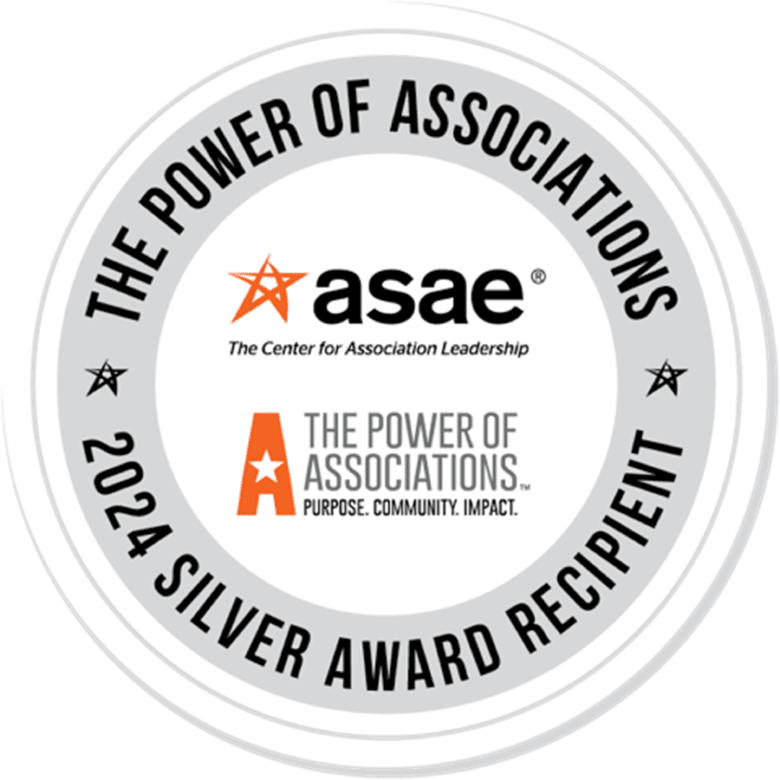
Tell me about your community and the communities that your coalition serves – its population and unique features. When was the coalition formed?
The Lighthouse Project Prevention Coalition (TLPPC) originated as a collaborative of community churches, healthcare providers, youth, and stakeholders from the Wilmington, Delaware community who joined together in mid-2012. The coalition was created with a sense of urgency to address the community’s high risks for negative outcomes for children.
Within the Wilmington community, 33.7% of children age 0-17 are raised in poverty (2008-2012 American Community Survey 5-year estimates), while the unemployment rate is 6.4% as of August 2018 and increasing. Child homicides make up 19.18% of the city’s total homicide rate, and Wilmington is ranked the 5th most dangerous city in the U.S. Child safety is of great concern due to unstable homes and neighborhoods, youth-on-youth violence, and substance misuse. In 2011, Wilmington had the highest teen pregnancy rate in the state, with 62 per 1000 teen girls getting pregnant. Research shows that inner-city poverty is an insidious condition undermining positive development of strong families and communities that can raise healthy children with positive outcomes.
What activity or program is your coalition most proud of and/or what activity would you like us to spotlight?
TLPPC recently hosted two activities that had a real impact on participants in the community. The first event was “Family Dinner Night,” held at one of the coalition’s partner churches. The focus of the event was to start conversations in the home again and get parents back to knowing what is happening in their child’s life. The coalition invited families from throughout the city of Wilmington and New Castle County to participate. Participants were given a pre-survey to assess their knowledge of underage drinking and substance use, both from a student and parent’s perspective. They were then fed a healthy meal, and while they ate, they were given information and statistics about underage drinking and substance use and abuse. They were then given time to have conversations amongst themselves and at the end they were given a post-survey to determine what they learned throughout the activity.
The second activity was held at one of the coalition’s partner middle schools during Red Ribbon Week. Students participated in a “Prevention Based Minute to Win It” game. Students were presented with prevention statistics and facts, and then had one minute to win-it with their knowledge of what they had learned. The students were very engaged, and at the end the students wanted to know when the coalition coordinator was coming back and what they were going to do next!
How did you get there, and what are your outcomes? (Be as specific as possible in terms of strategies that you used)
TLPPC has continued to enhance the skills of members, volunteers, and community members to train others in prevention. The coalition has focused on providing on-going training, as well as sending different coalition members to participate in CADCA trainings to help them gain the tools and understanding needed to be effective coalition members. These members in-turn come back and implement various strategies into the communities we serve.
What advice would you give to other coalitions that may be addressing some of the same issues?
“Don’t give up, because the journey isn’t over,” said TLPPC project director Tanya Matthews. “Having the support of the DFC funds has been instrumental in accomplishing some of the goals of the coalition, as well as having people at the table who understand what the end goal is and make it their mission to help provide the resources to increase awareness. It’s important to understand that substance misuse problems are not going away, but also to know that there are strategies that can be applied to influence the decisions of our youth and make parents more aware and accountable. Continue to allow the community to lead and take ownership of what happens to and in their communities. Make sure that you have the right people at the table who will help you to push the mission of the coalition. That can promote change!”

